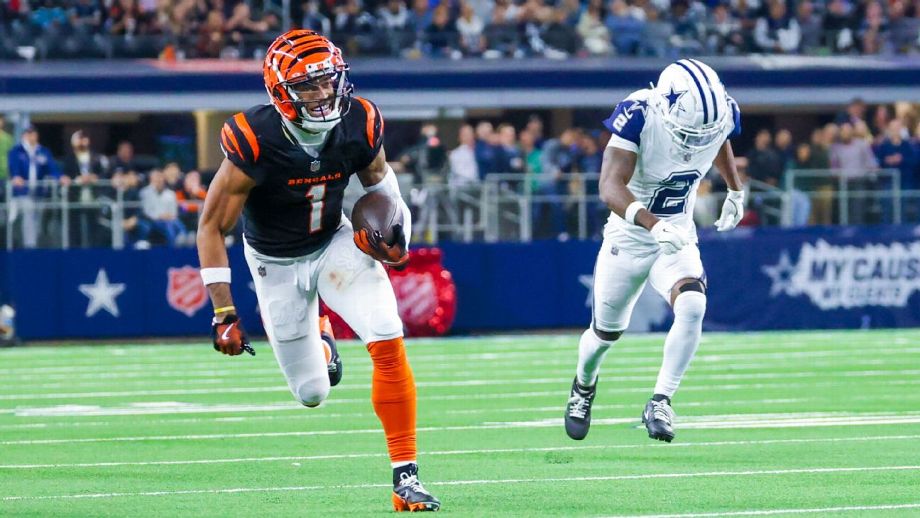
Fantasy football enthusiasts are gearing up for the upcoming season, and many are considering a shift from traditional drafts to salary cap drafts. This format allows managers more flexibility in player selection, making it an intriguing option for both novices and seasoned players.
One player expected to dominate the early rounds is Ja’Marr Chase of the Cincinnati Bengals. After an impressive 2023 season, Chase is projected to be the first pick in numerous drafts, regardless of the format. His consistent performance makes him a reliable choice, and many experts endorse selecting him as the top overall pick. For those drafting later, however, such as at the ninth or tenth positions, options will be limited. Despite this, managers can still navigate their drafts successfully, even from the back of the first round.
Salary cap drafts differ significantly from standard drafts, primarily in how players are selected. In this format, each team is allocated a budget, typically set at $200 in fictitious funds. Players are nominated in a specific order, and managers bid on them until the highest bidder secures the player. This process introduces a dynamic element to the game, requiring more strategy and adaptability than traditional drafts.
Understanding the Strategy Behind Salary Cap Drafts
The appeal of salary cap drafts lies in the strategic depth they offer. Managers can pursue star players like Bijan Robinson and Saquon Barkley. However, securing these high-profile athletes requires careful budgeting. It is essential to determine beforehand how much to spend on individual players, as well as on particular positions.
Many newcomers to this format may find the “stars-and-scrubs” strategy beneficial, which involves investing heavily in a few top players while filling the rest of the roster with lower-cost options. Alternatively, some managers prefer a balanced approach, targeting several mid-range players to build a more rounded team. Adaptability is crucial; if a rival outbids you for a player like Lamar Jackson, be prepared to adjust your strategy accordingly.
Monitoring the bidding process is just as important as the initial planning. Some players may command inflated prices based on popularity, while others present opportunities for bargains. Managers should remain flexible and open to unexpected developments during the draft.
Preparing for Your First Salary Cap Draft
As the draft day approaches, preparation is key. Utilizing resources such as tiered rankings and cheat sheets, like those provided by ESPN, can help managers establish a baseline for their bidding strategy. Keeping a printed list of players can also aid in tracking availability and making informed decisions during the fast-paced draft.
It is important to remember that filling your roster during the draft is just the beginning. Managers must remain active throughout the season, adjusting their lineups based on player performance, injuries, and bye weeks. Additionally, when selecting team defenses and kickers, it is wise to spend as little as possible to conserve funds for more critical positions.
For those new to salary cap drafts, practice can make a significant difference. Engaging in mock drafts can familiarize managers with the format and bidding dynamics. Resources like the Mock Draft Lobby allow participants to experiment with their strategies and build confidence before the actual draft.
In a salary cap draft, while it may not always be possible to secure every desired player, a well-planned bidding strategy will ensure that managers can assemble a competitive team. As the iconic Mick Jagger once said, “You can’t always get what you want,” but with the right approach, you might just get what you need this fantasy football season.







